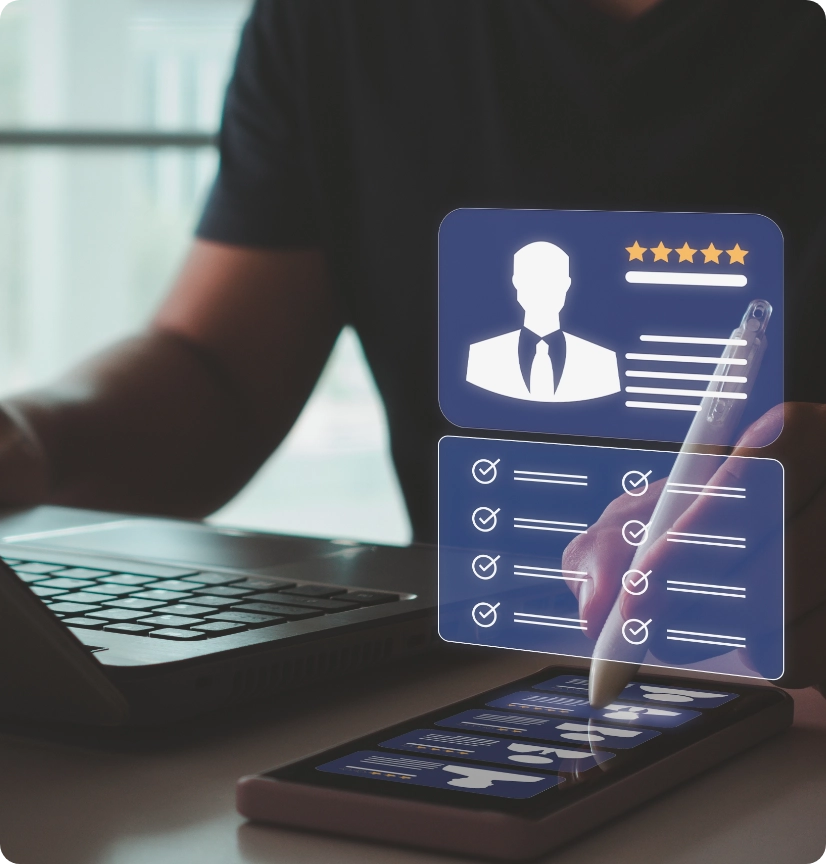The event focused on a critical topic shaping the future of recruitment: the role of artificial intelligence (AI) in enhancing both efficiency and fairness in hiring processes.
A Setting That Blends Tradition and Innovation
The choice of venue—a place where tradition meets innovation—reflected the forum’s central message: recruitment must evolve, but the human element must remain at the core. The forum’s goal was to explore how AI can be used to reduce bias and create a fairer, more inclusive hiring process—ultimately building a stronger future for the industry.
Real-World Case Studies on AI in Recruitment
Several companies shared their direct experiences with adopting AI in recruitment, offering valuable insights:
1. Blind Resumes and Internal Mobility
One organization implemented an AI-powered ATS to automate candidate screening and re-engage previously rejected candidates.
- Highlights: Use of blind resumes to promote diversity, and integration with HR systems to support internal mobility.
- Challenges: Difficult to scale in regions with low hiring volumes, where manual sourcing is still essential.
2. Automatic Interview Notes
Another company, early in its AI adoption journey, implemented a tool that automatically takes notes during interviews, analyzing language and gender dynamics.
- Highlights: Reduction of bias in interview evaluations.
- Challenges: Need for deeper integration with existing HR systems.
3. Productivity Tool Integration
A different organization extended AI use through a digital assistant that records meetings and manages interviews.
- Highlights: Process standardization and reduced bias.
- Challenges: Requires careful governance to ensure data privacy and compliance.
4. Invisible AI Sourcing
Another case involved AI-powered sourcing tools that identify suitable public profiles online based on job descriptions.
- Highlights: Boosted recruiter efficiency, particularly in hard-to-fill roles such as those in manufacturing.
Opportunities and Challenges: The Future of AI in HR
A key theme throughout the forum was the need for integration. Many companies expressed concerns over fragmented HR tech stacks—with separate tools for ATS, chatbots, scheduling, and more—resulting in disjointed experiences and increased complexity. The ideal vision is a fully integrated, secure, and seamless system that doesn’t require heavy customization.
Data privacy and GDPR compliance also took center stage. The use of AI, particularly in interview recordings, requires candidates’ explicit consent. If some candidates opt out of AI-based assessments, it could unintentionally create inequality by excluding their data from the same analysis used for others.







